Methanol Recovery and Dehydration Process To Get 99.9%: A Complete Guide
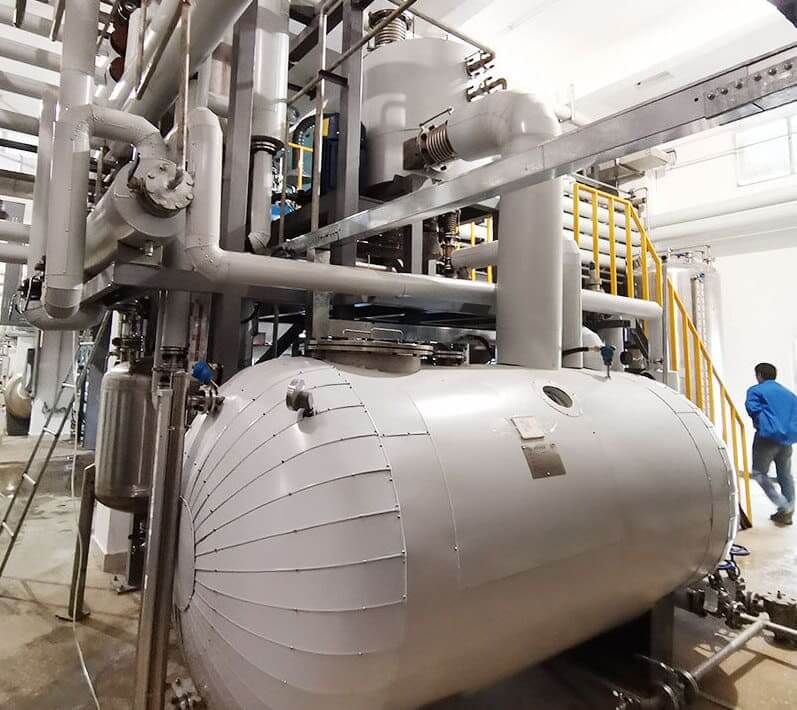
Methanol is an important chemical with a wide range of applications. With the advantages of high temperature stability, low volatility and excellent clean energy properties, it is widely used in the production of chemicals, solvents, fuels and fungicides.
Effective recovery and purification of methanol is essential for many industries, including the chemical, pharmaceutical and energy sectors. By following the optimized process flow and using advanced process equipment and technology, you can ensure that you recover and purify methanol effectively and produce high quality anhydrous methanol suitable for your specific application.
Acetone Recovery and Purification Process for 99.99% Purity
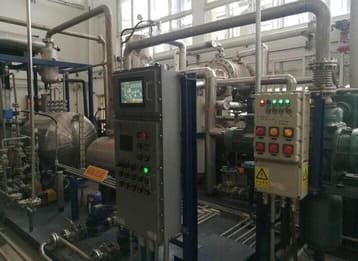
While a large amount of industrial production and manufacturing of acetone wastewater makes great concern to the high disposal cost and environmental hazards, through the process of heating distillation, membrane filtration, fermentation method, isopropyl benzene oxidation synthesis method and other separation methods, pure acetone can be recovered and purified for reusing, the acetone recovery and purification process not only save a lot of procurement costs, but also reduce the pollution of the environment.
As a process equipment supplier on solvent recovery, I truely understand the importance of recovering and purifying acetone. In this post, I will list the main equipment and illustrate how to effectively recover acetone.
So it is significant to design proper process and equipment for acetone recover and purification, and reduce safety hazards associated with the accumulation of waste solvents.
Process Design and Control of 99.9% Isopropyl Alcohol
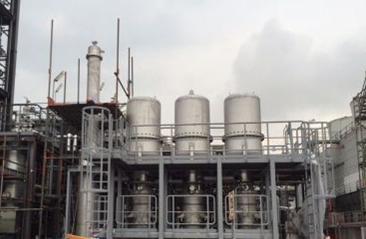
High-purity Isopropyl alcohol (abbreviated as IPA) of at least 99.5% is required to produce active pharmaceutical ingredients that meet regulatory standards, and any deviations from these standards can result in delays in the approval process.
Similarly, in petrochemicals and organic synthesis, the removal of water is critical to producing high-quality products and to ensure the safety of the process. So Isopropyl alcohol dehydration is necessary for process operations.
Ultimate Guidance of Screw Vacuum Pump
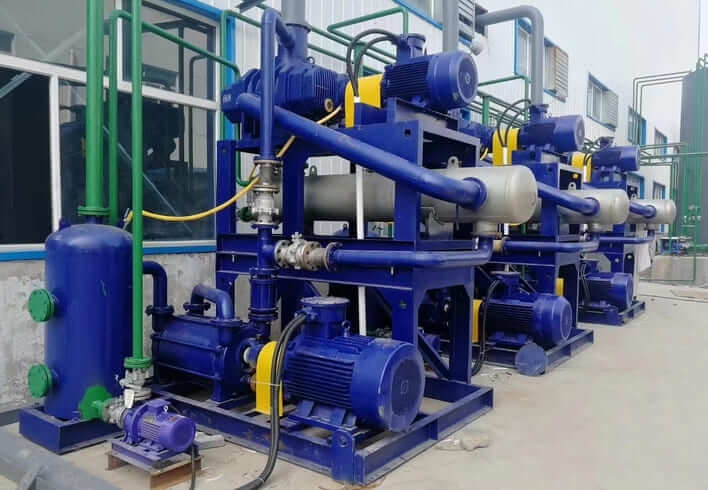
This instruction manual describes the operation and maintenance instructions and precautions for LG series, LGB series screw vacuum pumps. It is strongly recommended that personnel who operate or maintain the screw vacuum pumps shall read this manual carefully before operation and maintenance, in order to extend the service life of products.
Operation Guidance of ZJ/ZJP Series Roots Vacuum Pump

This series of Roots pump has a pair of synchronous high-speed rotors inside the pump, which achieve suction and discharge when the rotors are rotating. Since it works in the low pressure intensity range, the free path of gas molecules is larger and the resistance of gas leakage through tiny gaps is large, thus a high compression ratio can be obtained.
It can be used as a booster pump in series with the pre-stage pump, which can be used as a slide valve pump or rotary vane pump, water ring pump, oil ring pump and other vacuum pumps, but cannot directly discharge the gas into the atmosphere.
Wide range of applications: such as chemical medicine, food, electrical equipment manufacturing, vacuum metallurgical industry, vacuum degassing, vacuum melting, vacuum treatment of steel, and insensitive to small amounts of dust, high ultimate vacuum. when it is used in series with the former pump, the ultimate vacuum is between 0.0004 ~ 0.0001 Torr.
High Vacuum Distillation Unit And Application On Natural Product Development
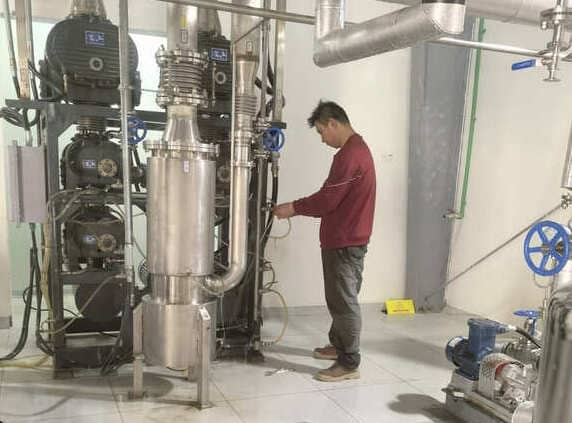
High vacuum distillation is a process technology used to separate and purify substances with boiling points that are too high or too close together for traditional distillation methods.
This process involves applying a high vacuum to the distillation system, which lowers the boiling points for process operation and offers a more efficient and cost-effective method of separating and purifying substances.
The process is highly versatile and can be tailored to meet the specific needs of each industry. Additionally, the use of high vacuum distillation can lead to higher yields, greater purity, and a reduced environmental impact.
Across fish oil refining, high vacuum distillation maximizes yield of high-value Omega-3 ingredients, enabling nutraceutical, food and feed applications where purity, quality, and consistency are essential. Its mild conditions and precision make high vacuum indispensable for refining this delicate, in-demand material.
Molecular Distillation Systems for the Concentration of Omega-3 Fatty Acids
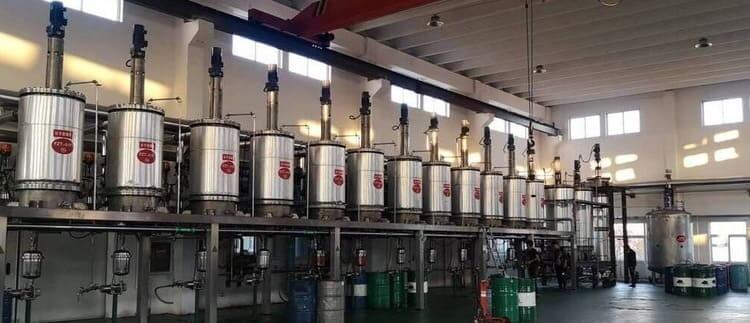
The molecular distillation process is highly efficient in removing impurities and producing high-quality omega-3 concentrates, but it requires specialized equipment and expertise. It is important to work with a reputable supplier who follows strict quality control measures to ensure the safety and purity of the final product.
the multi-stage molecular distillation process for fish oil concentration is an effective method for producing highly purified fish oil with minimal thermal degradation. The use of multiple stages allows for a high degree of separation and concentration of the desired molecules, resulting in a product that is suitable for a variety of applications, such as nutritional supplements and pharmaceuticals.
Complete Engineering and Process Flow for Continuous Dehydration of Tetrahydrofuran

Tetrahydrofuran (THF) is a versatile solvent that finds its application in a wide range of industries such as pharmaceuticals, polymer production, and coatings. However, THF is hygroscopic and readily absorbs moisture from the atmosphere. The presence of water in THF can influence its reactivity, stability, and purity. This moisture absorption leads to a decrease in the quality and effectiveness of THF.
Therefore, it is necessary to carry out continuous dehydration of THF to ensure its efficient use in various applications.
In this blog post, we will discuss the complete engineering and process flow for the continuous dehydration of THF and get high purity THF products.
Ultimate Guide to Import Chemical and Pharmaceutical Process Equipment from China

Overall, importing chemical and pharmaceutical equipment from China requires careful planning, due diligence, and attention to detail to ensure that the equipment is safe, reliable, and meets regulatory requirements. Working with a reputable supplier and logistics provider, and understanding the regulatory and customs requirements can help to ensure a smooth and successful import process.
Fish Oil Omega-3 Concentration And Refinement Process
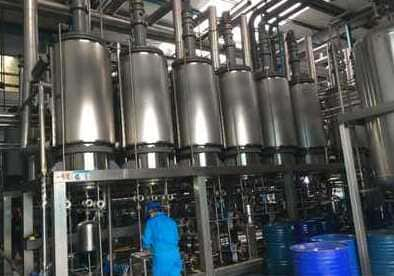
The concentration and refinement process of fish oil ester has been applied to many fish species since 2000, and they are fundamental technologies to ensure high content and purity of Omega-3 ingredient production. This article will introduce highly efficient process technologies and equipment that have been used for Omega-3 concentration and refinement.
The concentration and refinement process for fish oil omega-3 involves several steps: Harvesting and Extraction, Refining Processes, Concentration.
